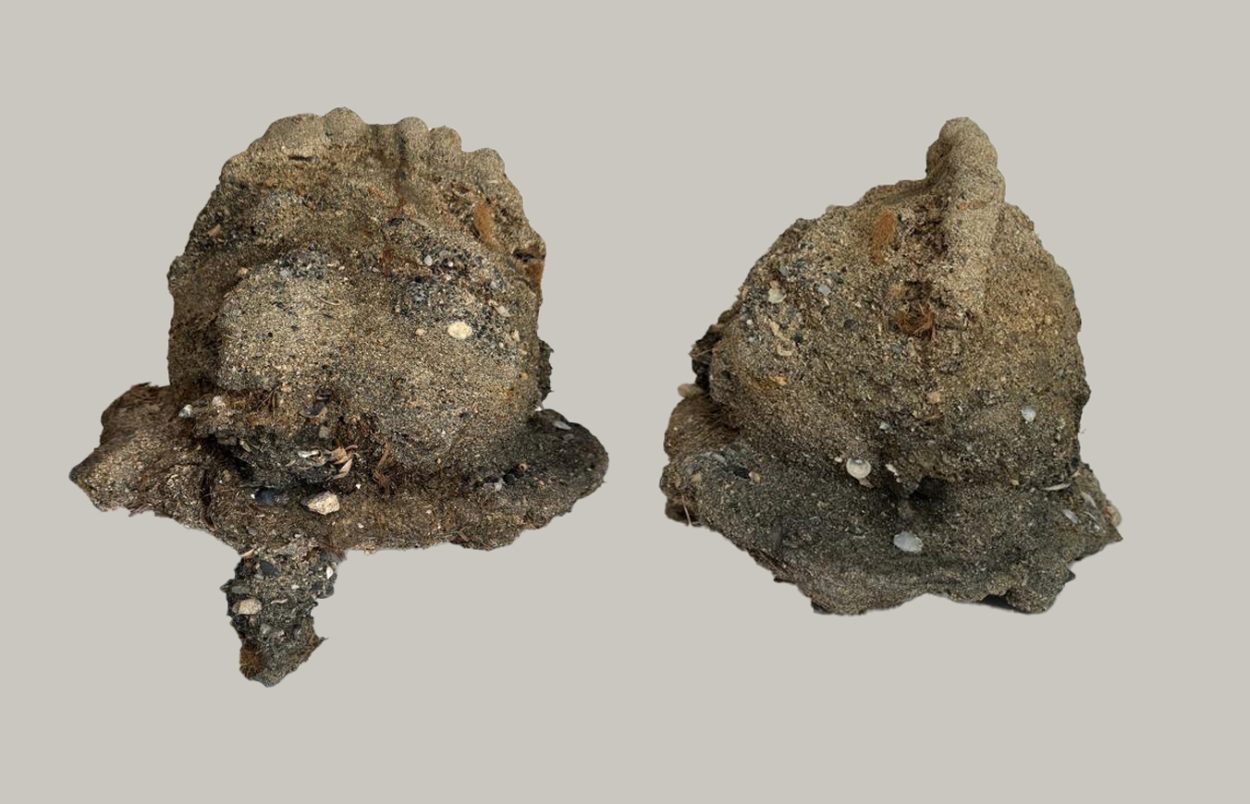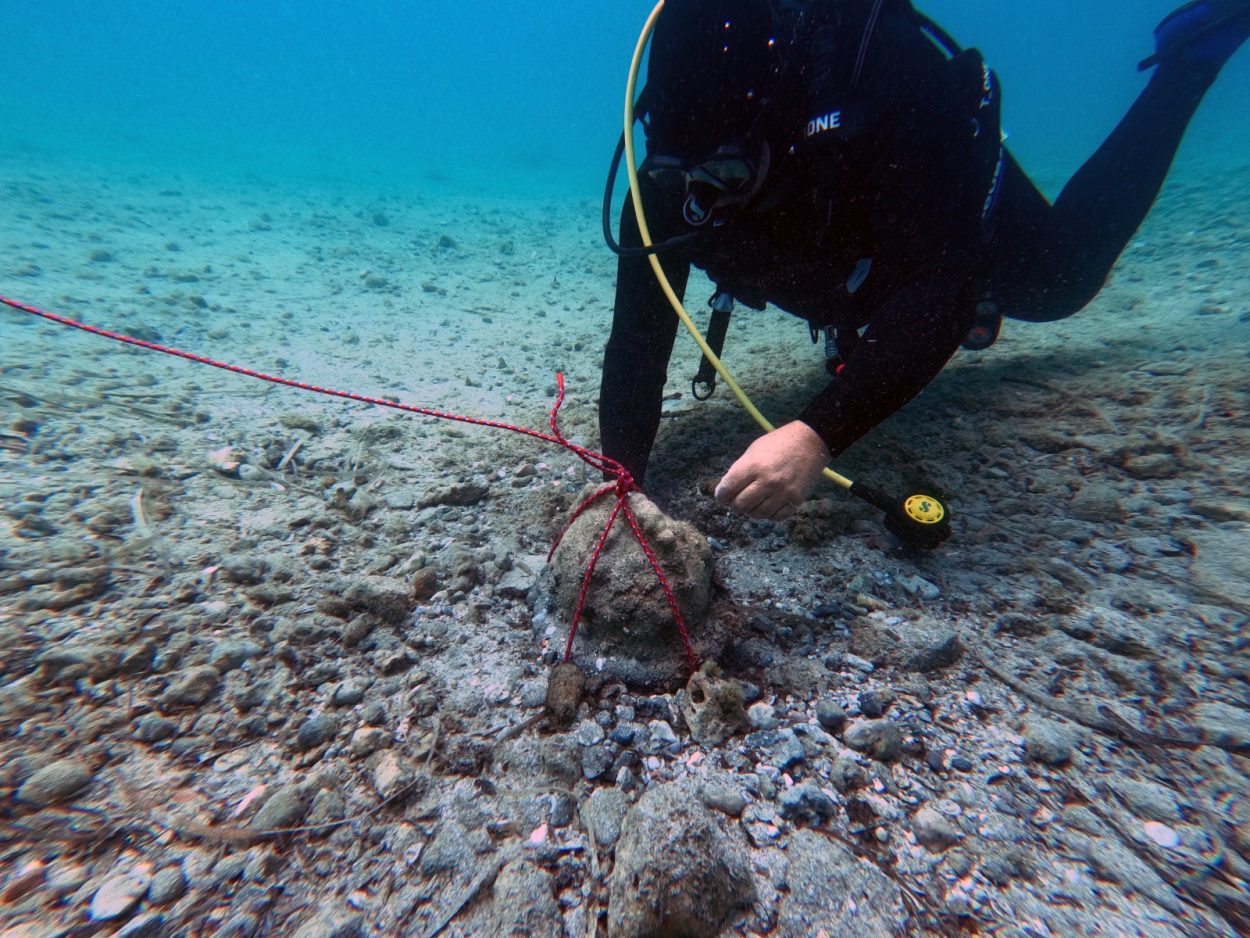Underwater archaeologists from the University of Naples have recovered a late medieval helmet in the waters around the island of Vendicari.
Vendicari is a small uninhabited island on the southeastern coast of Sicily. The sole remnants of the islands human activity consist of the ruins of a tuna factory, which was built by Baron Modica Munafò in the 19th century.
A recent study to find evidence of the islands submerged cultural heritage has led to the discovery of a helmet at a depth of 5 metres beneath the water level.
The object was recovered by professors, Enzo Morra and Leopoldo Repola, from the University of Naples, which has since been delivered to the Superintendency of the Sea by the honorary inspector for submerged cultural heritage.
According to the researchers, the helmet has been identified as a cabasset, a type of helmet worn by infantry and light cavalry from the mid-sixteenth century through to the seventeenth century.

Cabasset is thought to have its origins in the Spanish word “cabeza” (head), though some references suggest a connection to the Italian dialect word for “pear,” alluding to the stem-like extension of the helmet, reminiscent of the fruit.
Archaeologists plan to conduct further studies in the area to determine whether the helmet is an isolated discovery or possibly in relation to the presence of a wreck site yet to be discovered.
The coastline opposite the island mainly consists of a nature reserve, however, to the north are the ruins of the Torre Sveva, a defensive tower from the 15th century which was constructed to defend a small port and associated warehouses for trade.
Header Image Credit : Salvo Emma
Sources : Superintendency of the Sea





